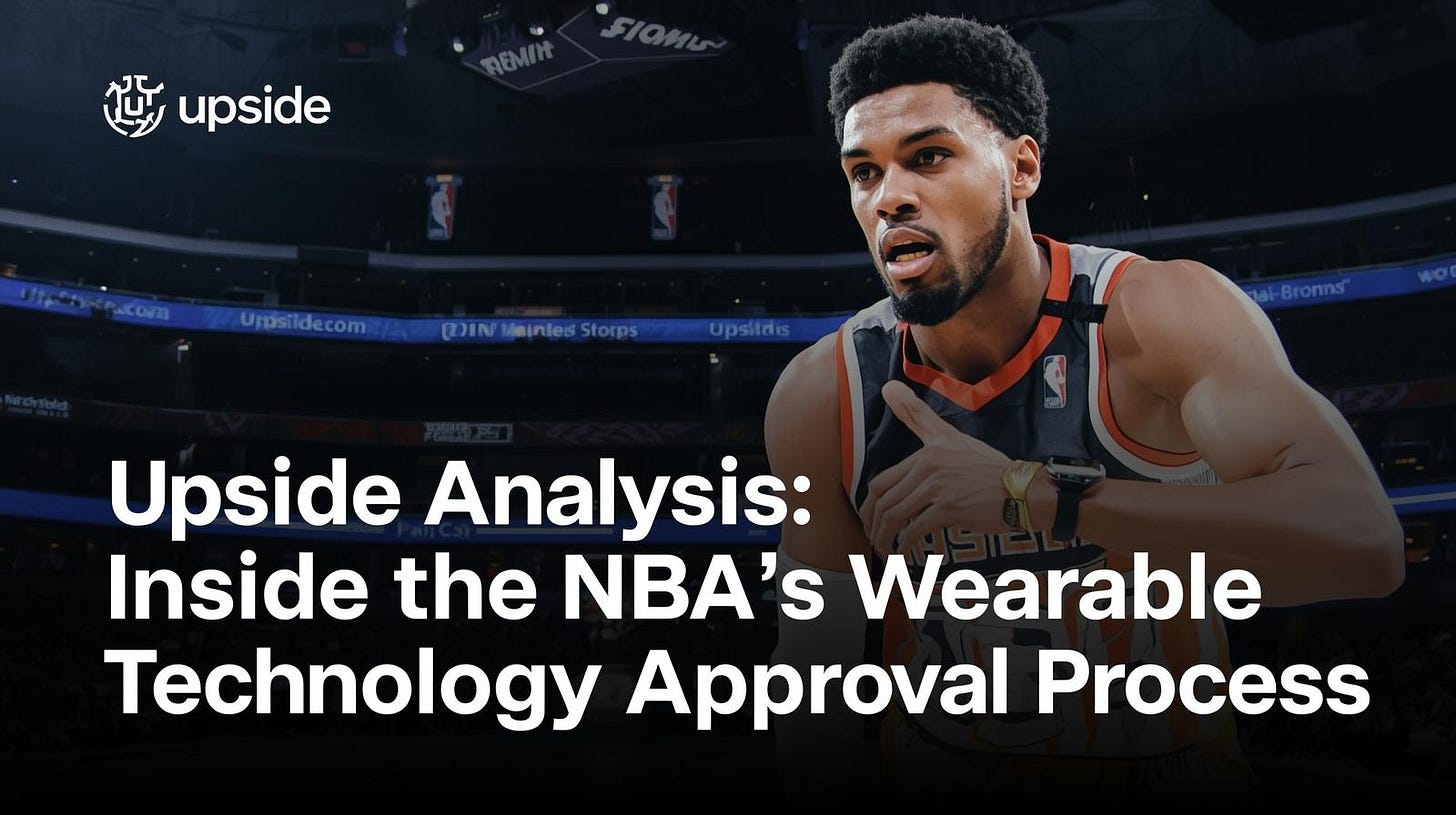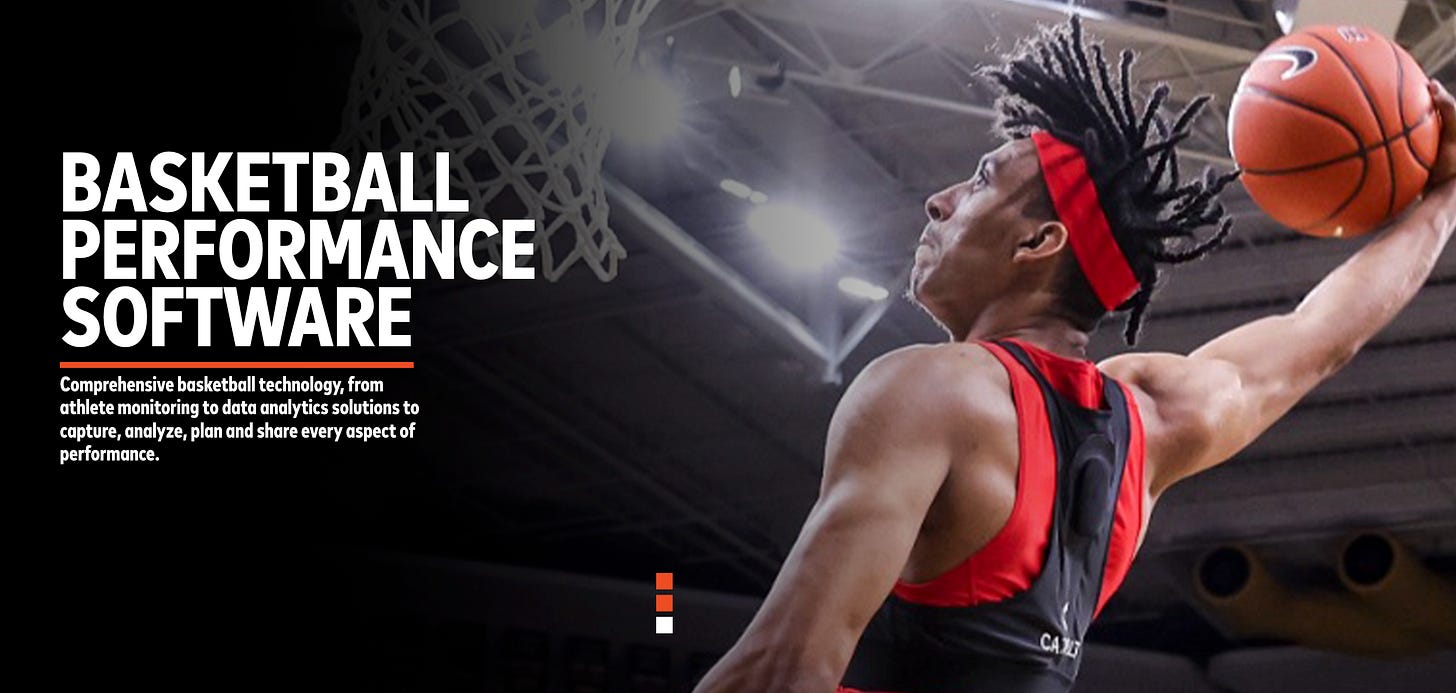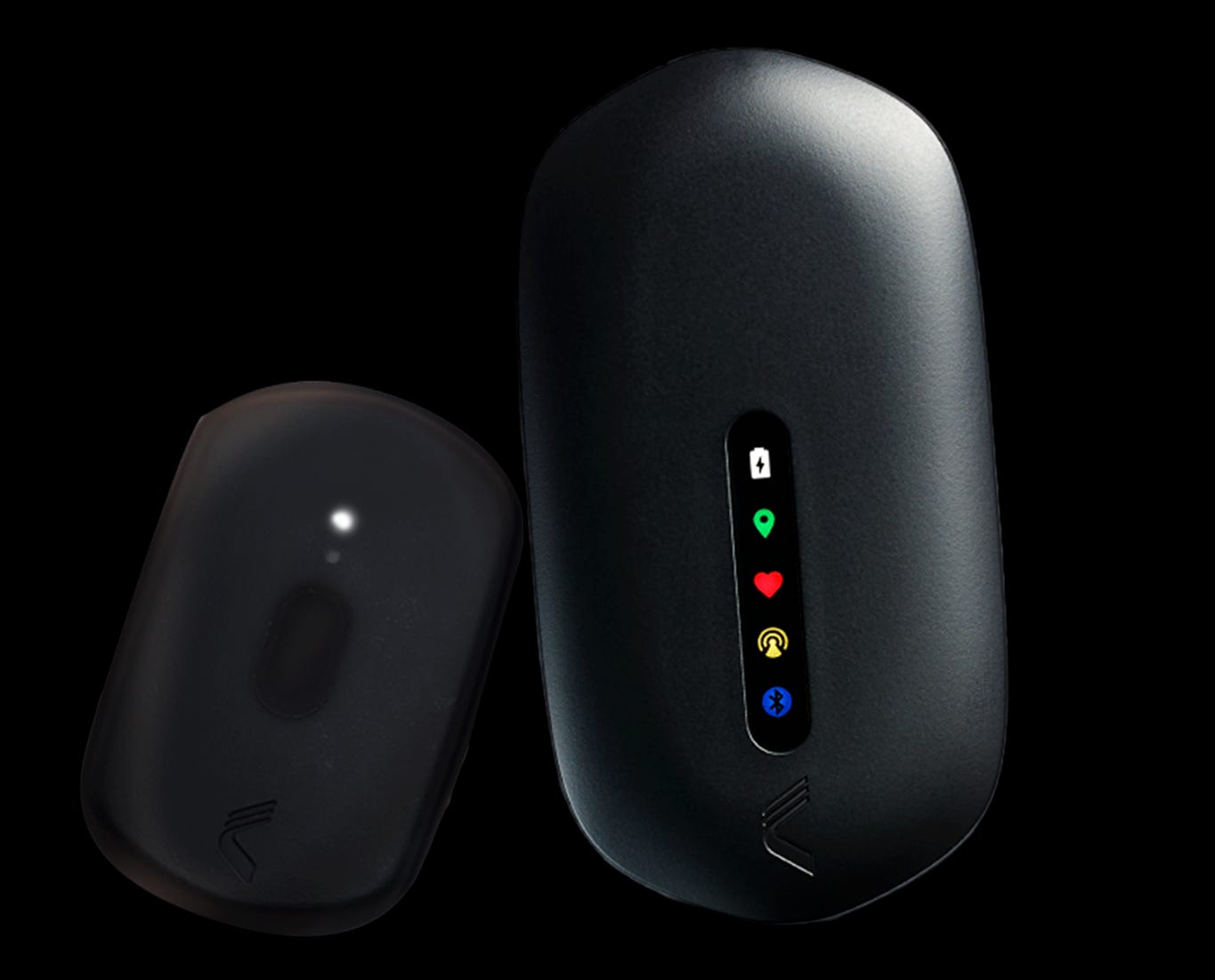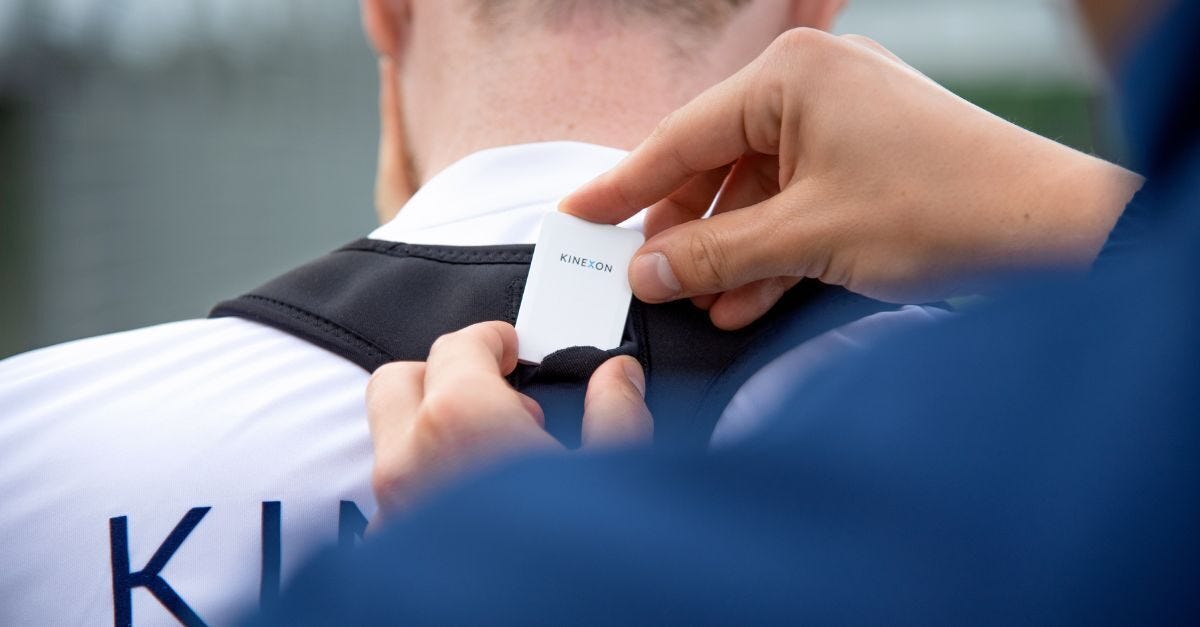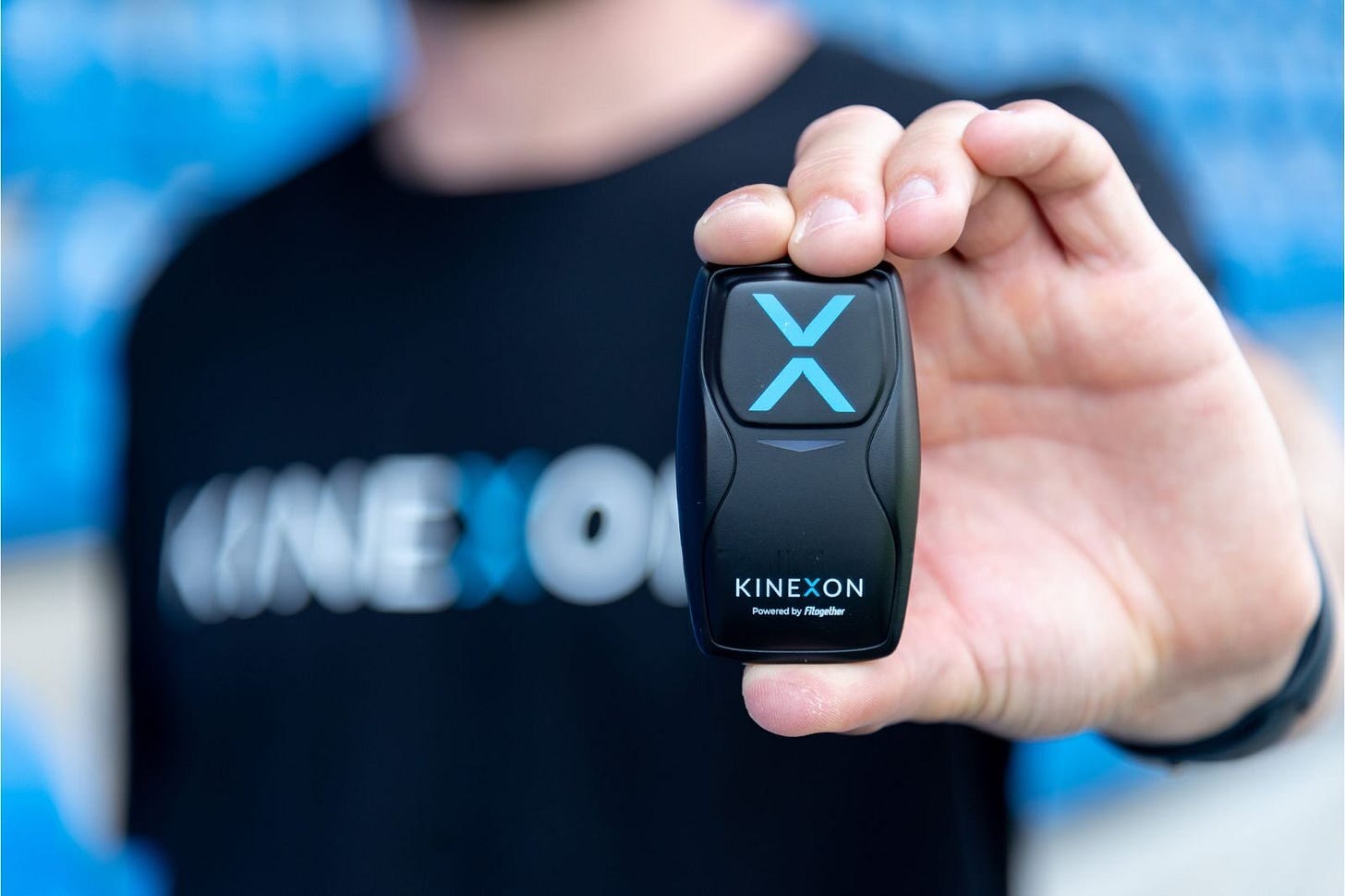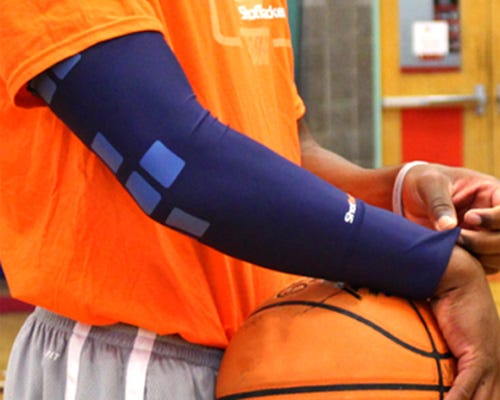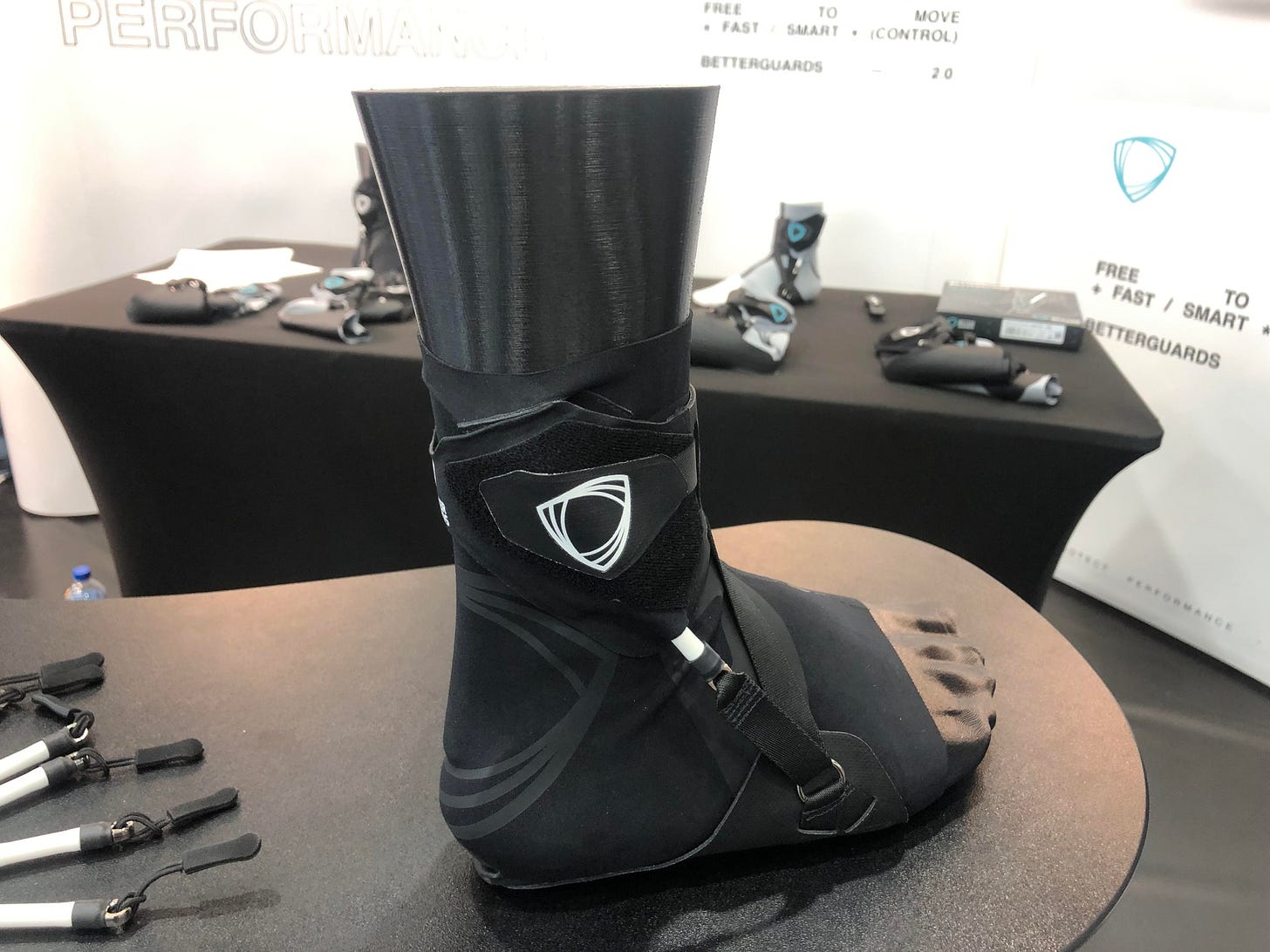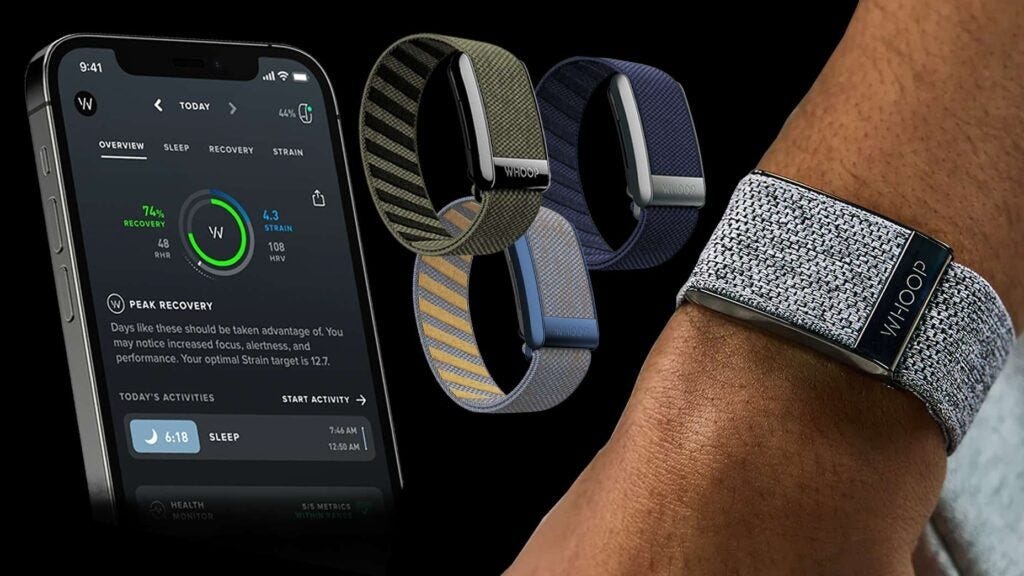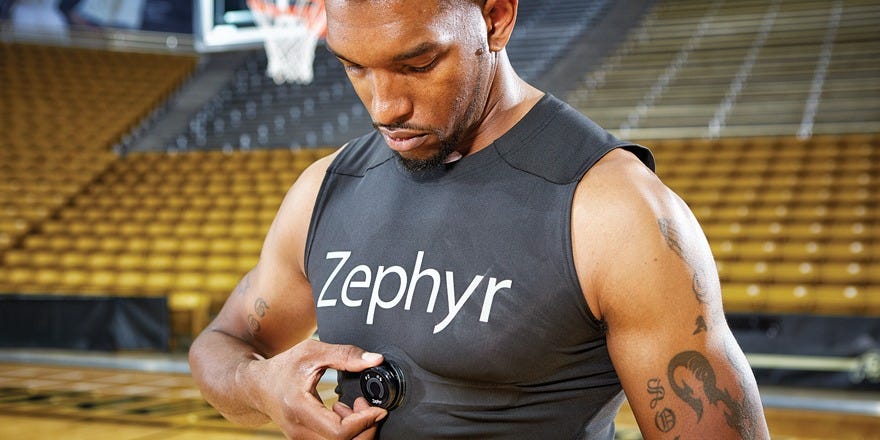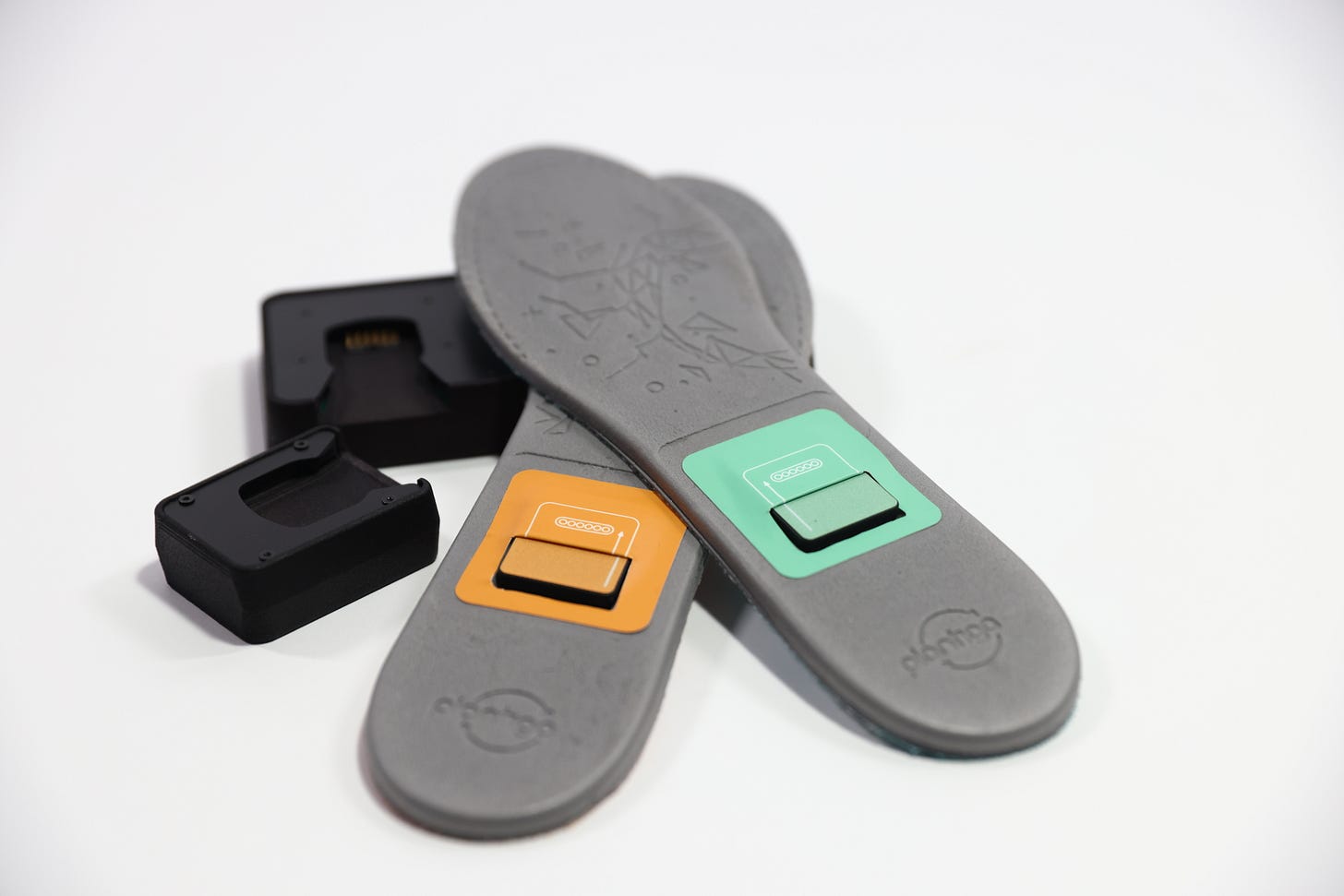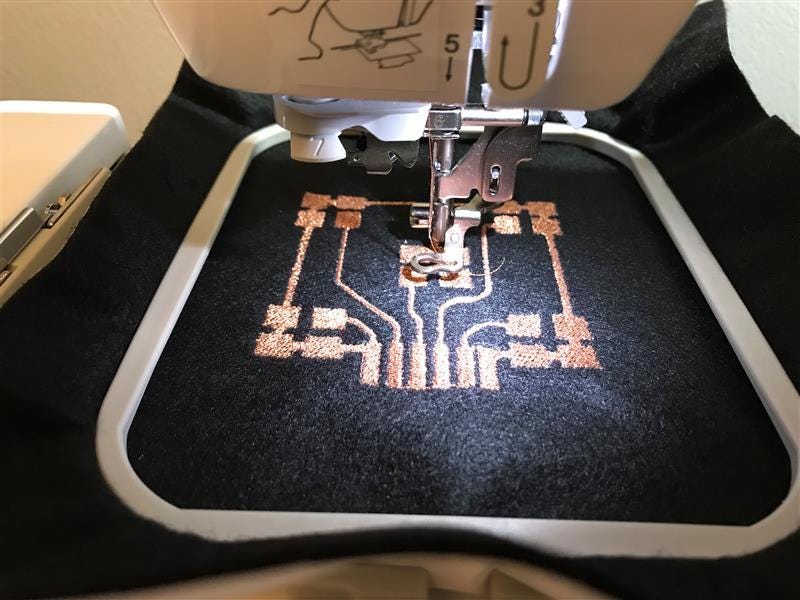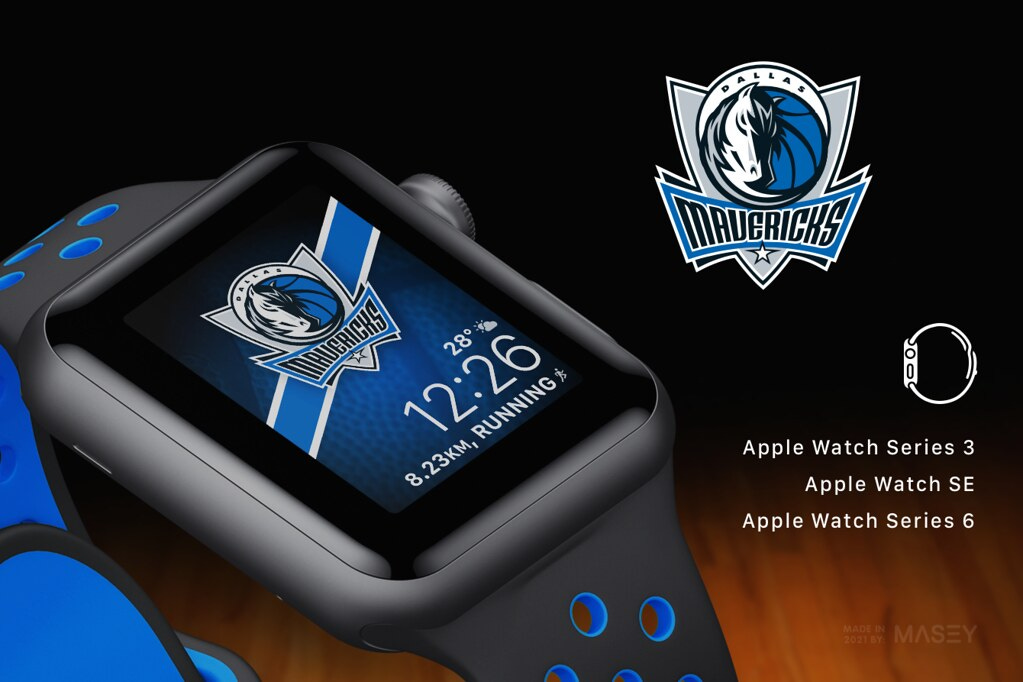🏀 Upside Analysis: Inside the NBA’s Wearable Technology Approval Process
What It Takes to Get on the League’s “Approved Devices” List
Wearable technology has become a cornerstone of performance optimization in elite sports — but in the NBA, not just any device makes the cut.
The league, in partnership with the National Basketball Players Association (NBPA), operates one of the most structured and science-driven approval processes in professional sports through its NBA-NBPA Wearables Committee.
This committee oversees which wearable devices can be safely and ethically used by players during training or practice sessions. The goal is clear: ensure that technology enhances performance and player welfare without compromising safety, data privacy, or the integrity of competition.
🔍 Step-by-Step: How the Approval Process Works
The journey toward approval begins when a team, the NBA itself, or the NBPA submits a device for consideration. This submission triggers a multi-stage review process designed to evaluate the device from every possible angle — from hardware safety to data governance.
Once submitted, the Wearables Committee engages independent research experts to conduct validation studies. These are often executed by top-tier institutions such as the University of Michigan’s Human Performance & Sport Science Center (HPSSC) or Fraunhofer IIS in Germany.
These research teams rigorously assess:
Safety: ensuring no risk of physical harm, interference, or malfunction during play.
Data reliability: confirming that performance and biometric data are accurate, repeatable, and meaningful.
Cybersecurity: verifying that all collected data are stored and transmitted securely, protecting player privacy.
The evaluation covers both movement-based metrics (like acceleration, deceleration, change of direction, jump height) and physiological measures (like heart rate, HRV, skin temperature, or hydration).
Once testing is complete, the independent results are submitted to the Wearables Committee, which reviews and decides whether the device qualifies to join the official NBA Approved Wearables List.
Even after approval, the committee may limit which metrics teams are allowed to use — for example, a device might be cleared for movement data but not for physiological data if the latter’s accuracy doesn’t meet NBA standards.
The NBA’s wearable committee consists of three representatives appointed by the NBA and three appointed by the National Basketball Players Association (NBPA). The specific current members of this committee are not publicly listed in official NBA or NBPA communications.
📋 The Current List of Approved Wearables
As of the latest reports, the NBA has approved a small but growing group of wearables for use during team training and practice sessions:
NBA-Approved Wearables List
Catapult (OptimEye, ClearSky, and Vector systems) – GPS-based tracking systems used to monitor acceleration, deceleration, jump count, and player load. Often worn in a vest between the shoulder blades. May be used with a Polar chest strap but not with the Catapult heart rate vest.
Firstbeat Sports System – Provides advanced heart rate variability (HRV) and recovery analytics to assess player readiness and physiological stress levels.
iMeasureU Step Trident System – A small inertial sensor worn on the lower leg to capture asymmetry, impact load, and movement patterns, particularly useful for rehabilitation monitoring.
Kinexon Sports Systems – Ultra-wideband (UWB) tracking technology for precise movement, speed, and acceleration data. May be paired with a Kinexon heart rate vest and Polar sensor.
ShotTracker System – Tracks shooting accuracy, shot volume, and court positioning through sensors in the ball, rim, and player wearable.
Betterguards – Offers an intelligent ankle protection system that combines mechanical support with adaptive movement control. Its embedded technology reacts within milliseconds to stabilize the joint only when excessive movement is detected, helping reduce the risk of sprains while maintaining full natural mobility and performance.
Strive Sense3 System – Compression shorts with integrated EMG sensors to measure muscle activity, fatigue, and symmetry in real time.
WHOOP Performance Strap 2.0 – A continuous physiological monitoring band that provides recovery readiness scores, strain tracking, heart rate, HRV, and sleep analysis.
Zephyr Performance System – A chest-strap-based wearable that measures heart rate, breathing rate, and activity load for monitoring physiological responses during training.
Oura Ring – A discreet ring-based wearable used to track sleep, readiness, and recovery through HRV, temperature, and sleep stage analysis.
Plantiga – Smart insole platform validated by the NBA and used in league partnerships to study injury mechanisms, gait, and performance demands.
Nextiles – Sensor-embedded fabrics (shooting sleeves, socks, etc.) that capture data on joint angles, force impacts, gait, and movement efficiency for biomechanical analysis.
Smartwatches (e.g., Apple Watch) – Used informally by players for fitness, wellness tracking, and integration with the NBA app for activity data and content access (not part of in-game monitoring).
Please note that this list of wearables approved by the NBA may not be complete as the NBA does not publish a public list of approved wearables because it does not allow them during live games.
Important note
Data usage: If a player uses a wearable at a team’s request, the data collected is for player health, performance, tactical, and strategic purposes only, with teams needing to provide a written explanation to the player and the committee on how the data will be used.
Game-day restrictions: Players are not allowed to wear jewelry or other hard hair control devices during games, but this does not apply to performance-monitoring wearables used during practice and training.
Official lists: The NBA’s list of approved wearables may evolve as new technology and partnerships emerge. Players should consult official NBA guidelines for the most up-to-date information.
These devices are the only ones officially sanctioned for use by NBA teams and players within the scope of training environments. Any use of non-approved wearables is strictly prohibited.
And the consequences? They’re steep.
According to the NBA’s Collective Bargaining Agreement (CBA), teams caught using unapproved devices can face fines of up to $200,000. This fine underscores the league’s commitment to maintaining competitive integrity, data privacy, and consistent standards across all organizations.
💰 The Hidden Cost of Validation
Getting a device on that approved list is no small feat — and certainly not inexpensive.
Each wearable manufacturer must engage in a full-scale validation study with an independent lab, which typically costs around $50,000. This covers extensive testing, data analysis, and safety verification.
For large, established companies, this cost may be manageable. But for smaller sports tech startups, it represents a significant investment — often one that requires months of preparation and iteration before even applying for review.
Yet for many companies, the return is clear. Approval opens the door to all 30 NBA teams, adds enormous brand credibility, and can serve as a gold standard of validation when approaching other pro leagues like the NFL, MLB, or European soccer federations.
In a marketplace where thousands of wearable devices compete for attention, an NBA-approved badge can be the differentiator that drives adoption and investor confidence.
⚖️ Data Rights, Ethics, and Player Protection
A core principle of the NBA’s wearable policy is player autonomy and privacy.
Under the current CBA, all wearable use is voluntary. No team can mandate that players wear a device — and the data collected cannot be used for contract negotiations, trade decisions, or performance-based compensation.
Players must also be provided full access to their own data, and teams are required to explain in writing:
What each device measures.
What each metric means.
How those metrics benefit the player’s health or performance.
This data governance structure was built to ensure that wearables empower players rather than exploit them — a model that other leagues around the world have looked to replicate.
🧠 What Device Makers Should Prepare Before Applying
For wearable manufacturers hoping to navigate the NBA’s approval process, preparation is key. Before even submitting a device, companies should ensure that they can confidently demonstrate the following:
Proven Technical Performance: strong validation data showing reliability and repeatability under basketball-specific conditions.
Safety and Durability: hardware that poses no risk during contact, impact, or high-intensity play.
Relevant Metrics: a clear rationale for why the device measures what it does, and how those metrics align with NBA performance needs.
Data Governance: robust policies for data handling, export, and player control.
Transparency: clear, player-friendly explanations of what the device does and how the data are used.
Device makers must also be ready to engage with independent evaluators, provide access to technical documentation, and, in many cases, share raw data for testing replication.
🌍 Why This Matters for the Future of Sports Technology
The NBA’s approach to wearable tech serves as a model of governance that balances innovation with ethics. It ensures that progress in sports science doesn’t come at the expense of player trust or safety.
As technology evolves — from smart fabrics and contactless biosensors to AI-driven workload management — leagues will increasingly face the same questions:
How do you validate new devices quickly enough without compromising safety?
Who owns the athlete’s data?
Where does performance enhancement end, and surveillance begin?
The NBA’s process, though expensive and bureaucratic at times, provides a roadmap for answering those questions responsibly.
🏁 Final Thoughts
Getting a wearable device approved by the NBA isn’t just about passing a technical test — it’s about meeting the highest standards of safety, science, and ethics in professional sport.
Yes, it costs around $50,000 to validate. Yes, teams risk $200,000 fines for unauthorized use. And yes, players can refuse to wear any device, even if approved.
But the end result is a system that protects athletes, promotes innovation, and preserves the competitive integrity of the game — a model that may soon define the future of wearable technology across all elite sports.
You may also like:
🚀 Upside Weekly Recap: Newly Redesigned Upside Global Site,Upside Career Launch, Samsung Launches XR Glasses; Oura app debuts Cumulative Stress Feature; New SKUs Added to Database.
As a reminder, in July 2025 we announced our new AI based product comparison tool (Interactive tables, Upside AI Assistant) which is part of our Upside Tech scouting platform which is being trusted by 100+ teams (NBA, NFL, MLS, MLB, NHL, WNBA, Premier League, NCAA, national rugby teams, Top 14, Calcio, laliga, pro tennis..).
⌚⚽ 🏀 Upside Analysis: Sports Leagues' regulation towards wearables (NBA, NFL, MLB, MLS, AFL, Premier League, PGA Tour..) (2nd Edition)
Since 2012, a growing number of sports leagues have started to allow pro teams to use wearable during live games or training in order to track players’ performance data. But not all the leagues are equal in this area. in this analysis we are going to provide an overview of current offline and online rules around the use of wearable data in pro sports.

